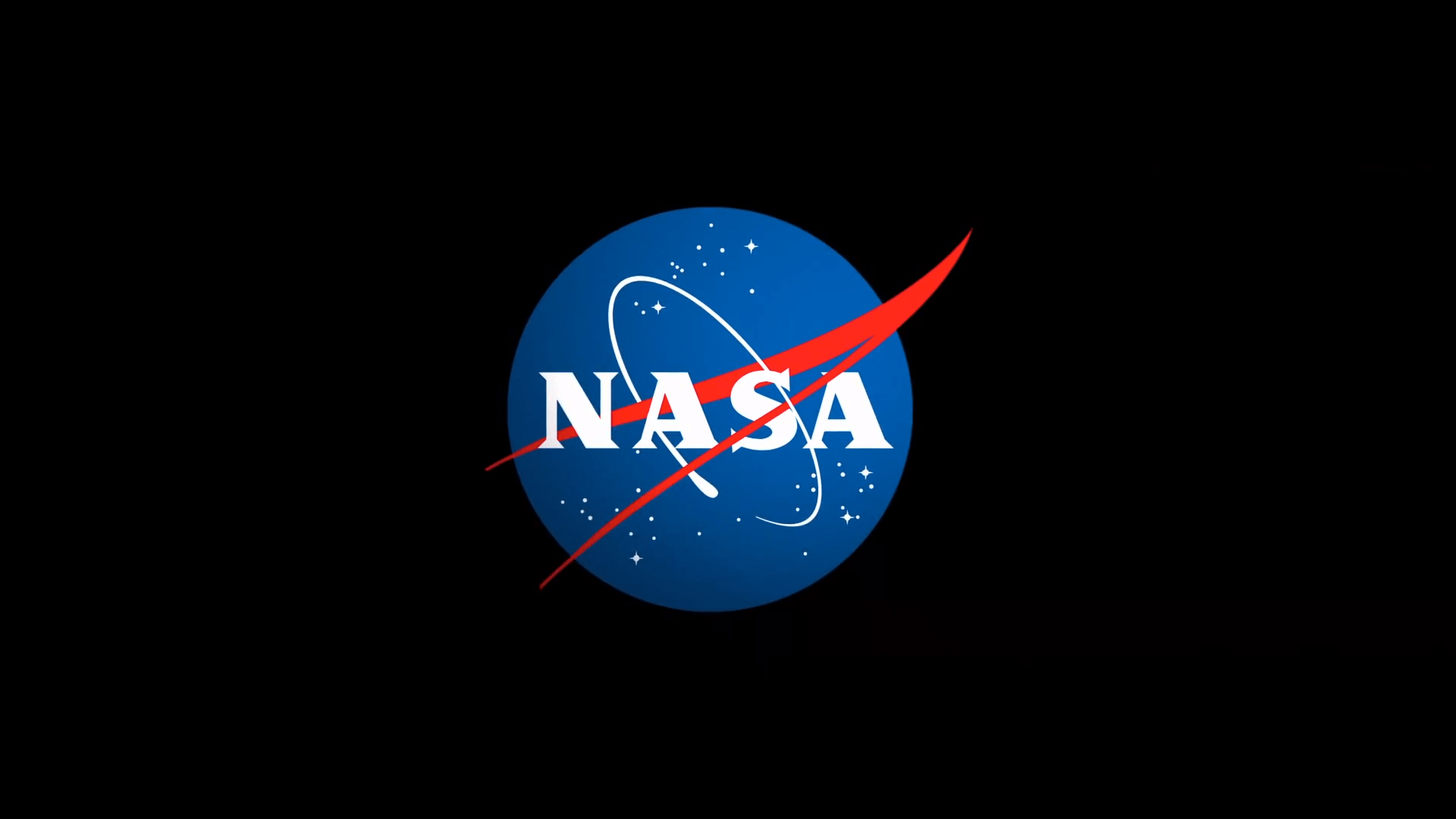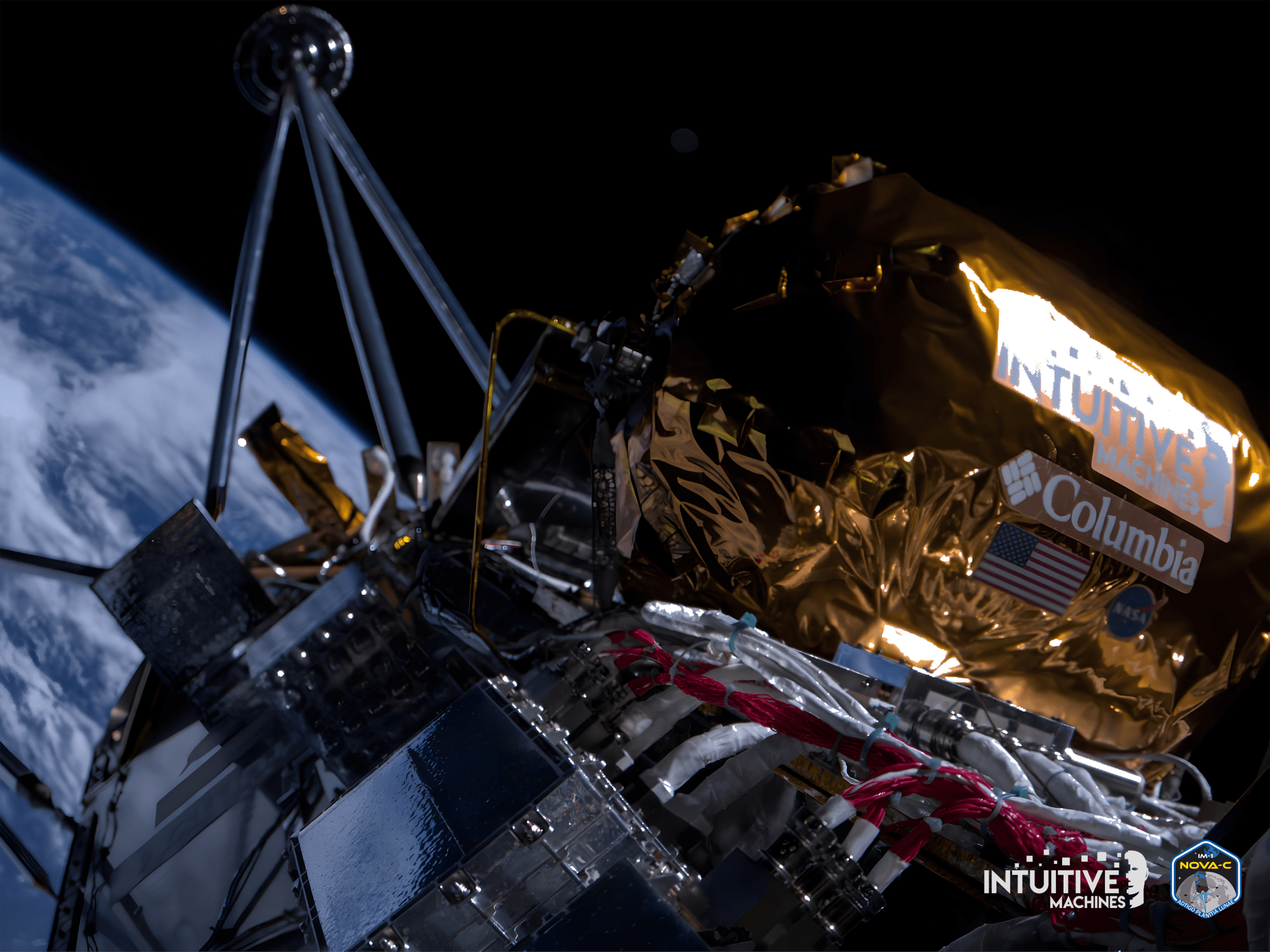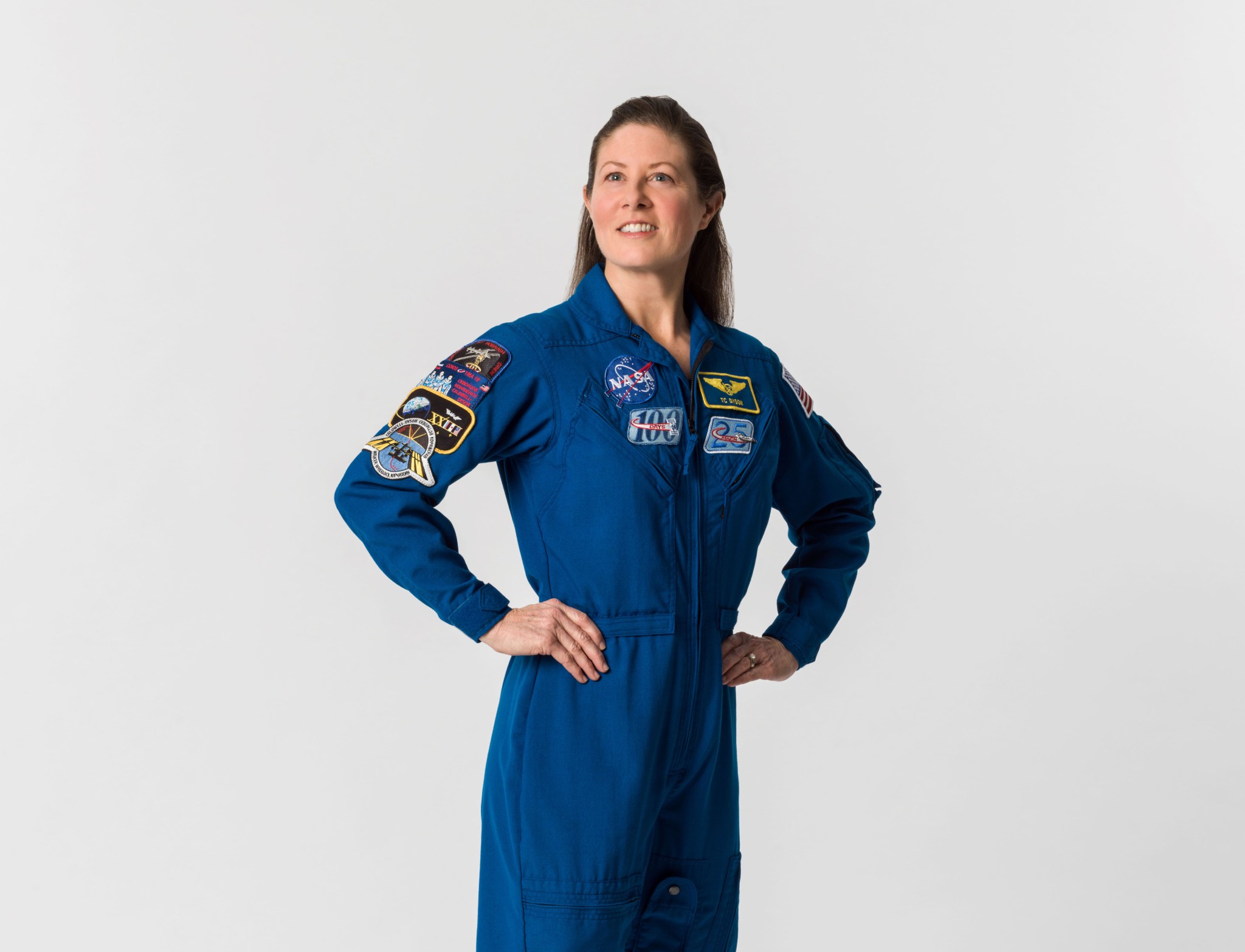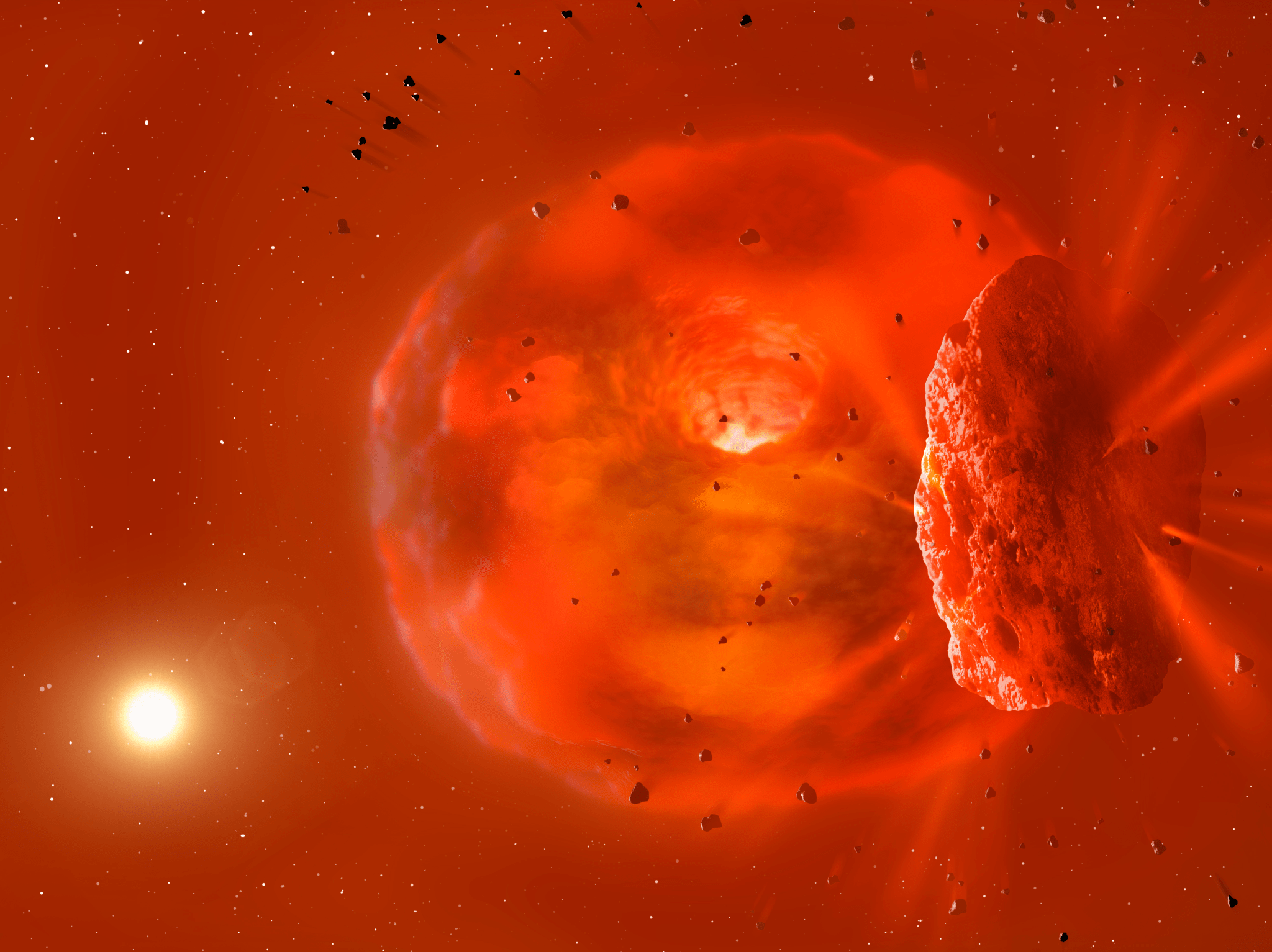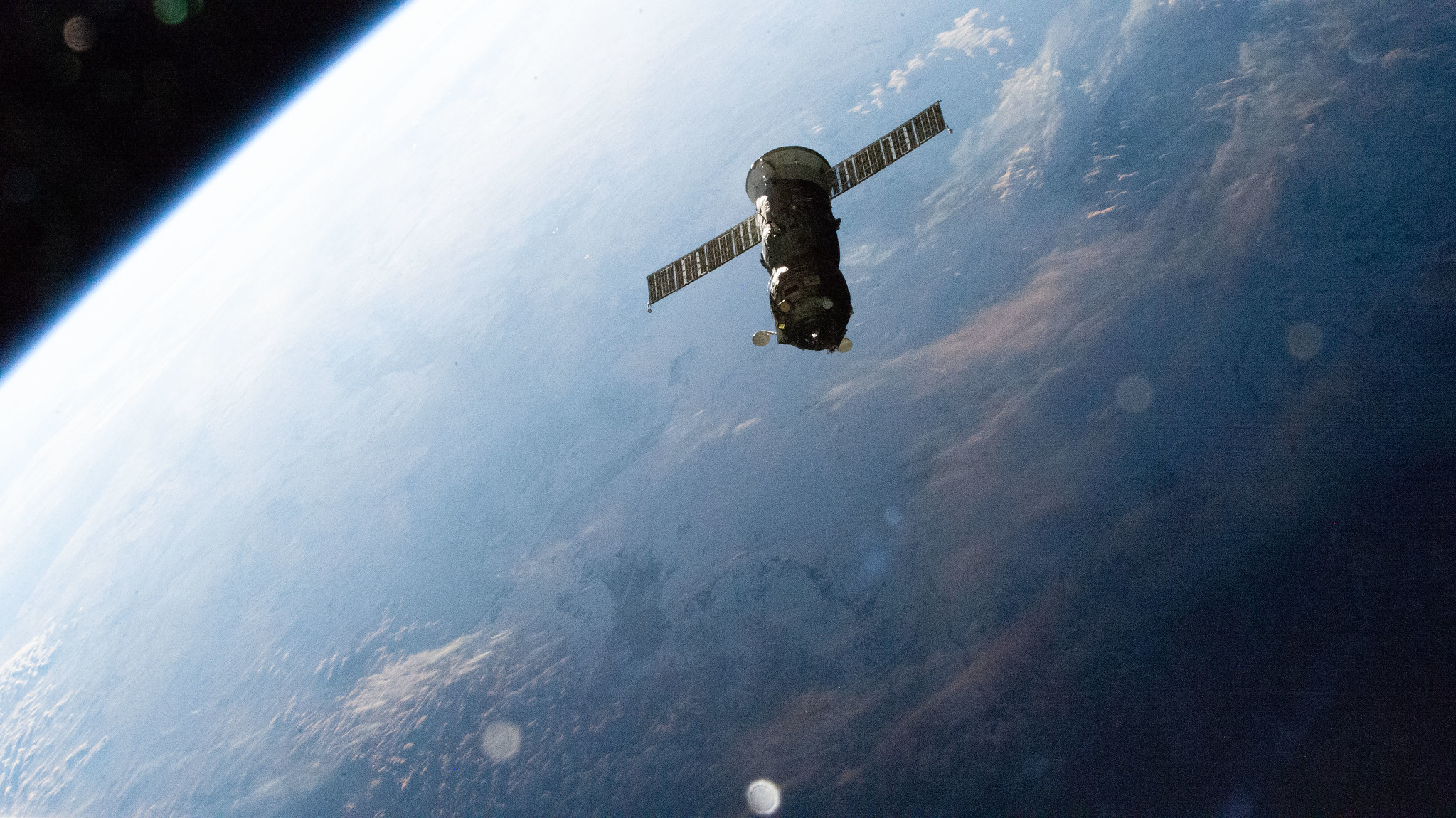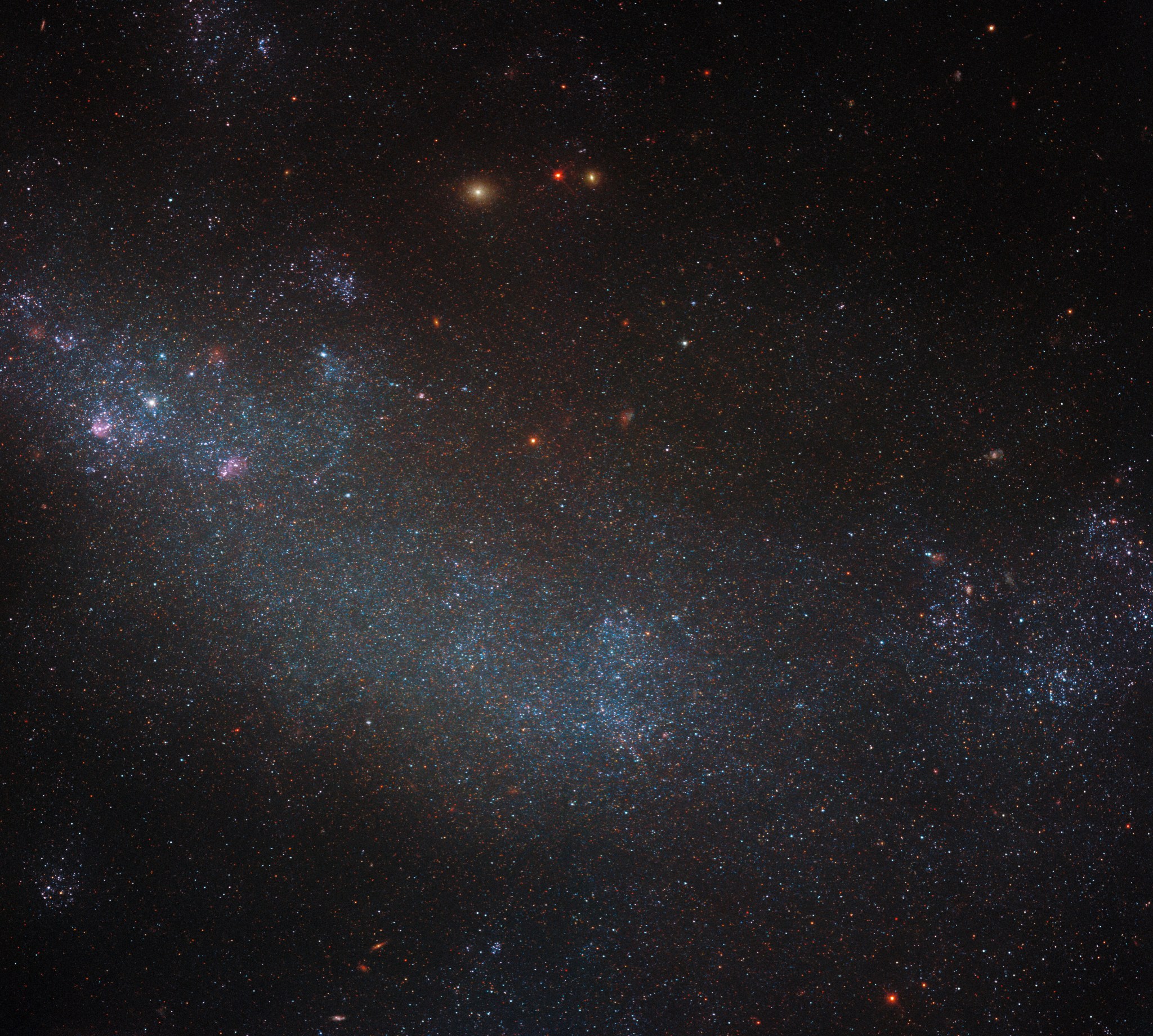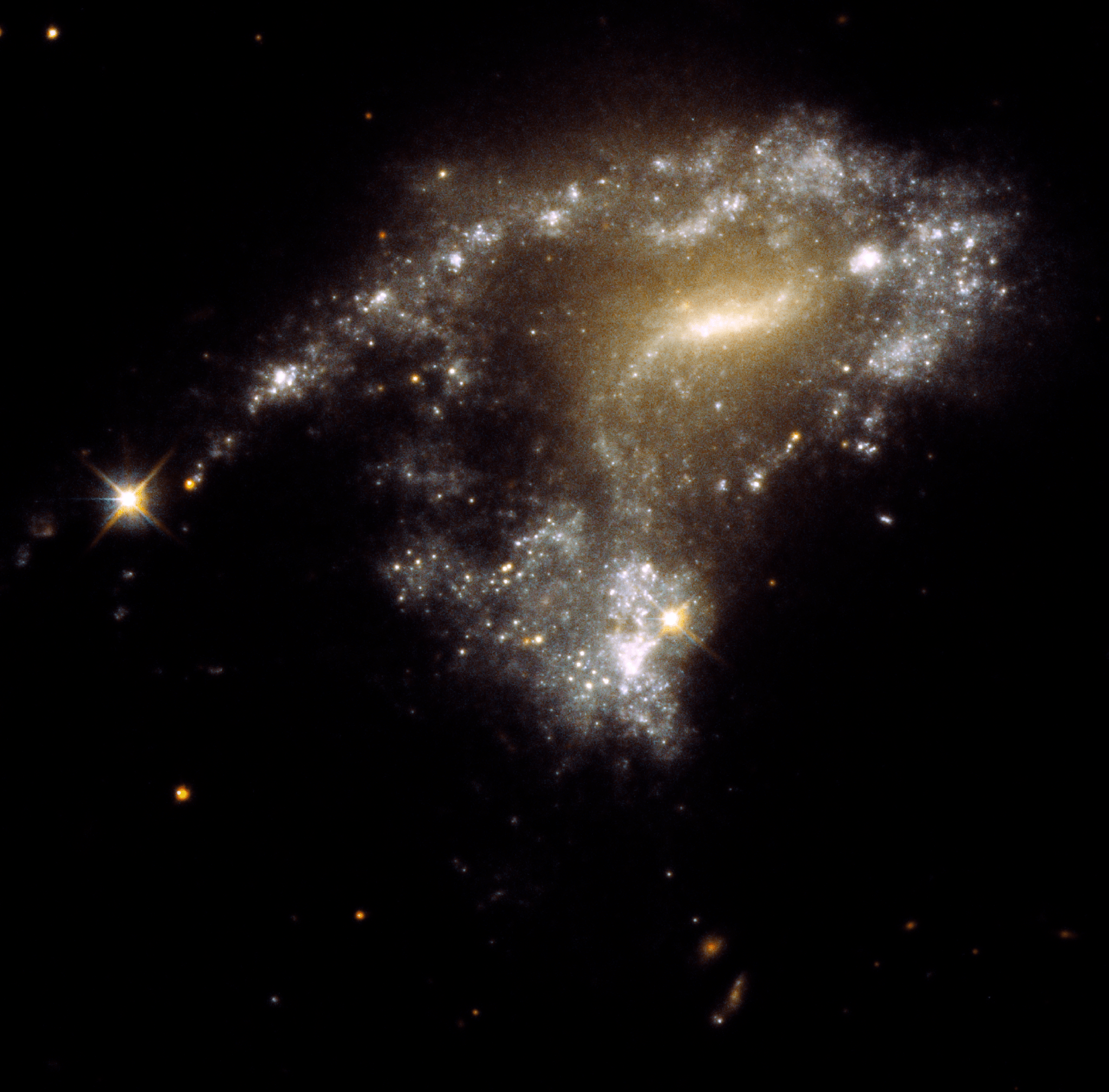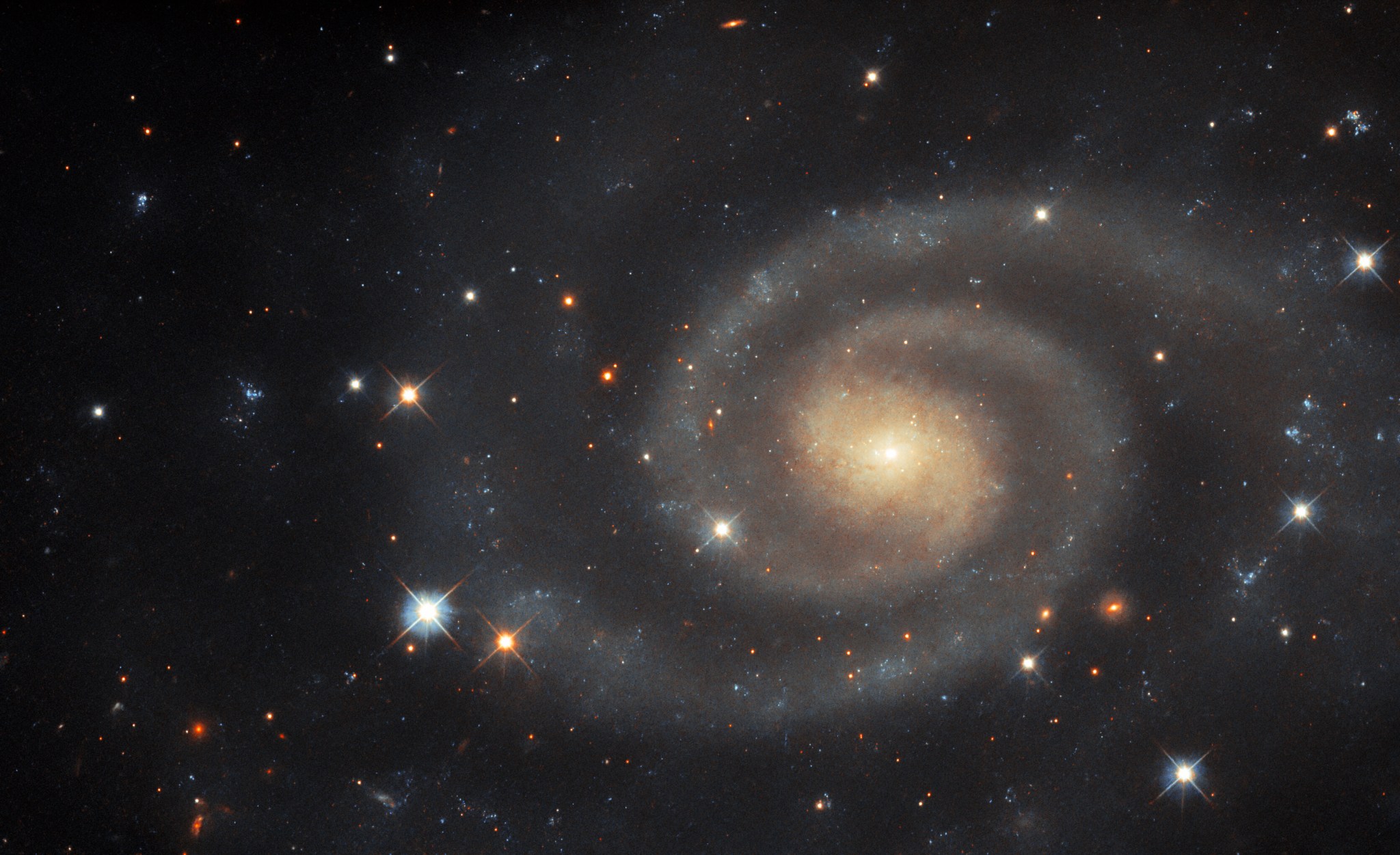NASA and Intuitive Machines will host a televised news conference at 5 p.m. EST Friday, Feb. 23, to detail the Odysseus lander’s historic soft Moon landing. With the last-minute assistance of a NASA precision landing technology, the first CLPS, or Commercial Lunar Payload Services, mission carrying the agency’s science and technology demonstrations successfully landed on the Moon at 6:23 p.m. on Feb. 22. This mission is the first U.S. soft landing on the Moon in more than 50 years. Flight controllers are communicating and commanding the lander, which is solar…
Read MoreTag: Missions
NASA Invites Media to Speak with Artemis II Moon Crew, Recovery Team
Naval helicopters fly over a test version of NASA’s Orion spacecraft and personnel involved in training activities in the Pacific Ocean in July 2023, in preparation for Artemis II. Teams from NASA, including the Artemis II crew, and the Department of Defense are training this month off the coast of San Diego to prepare to recover the astronauts and Orion when they return to Earth. Credits: NASA/Kenny Allen Media are invited to speak with the four Artemis II astronauts on Wednesday, Feb. 28, at Naval Base San Diego in California.…
Read MoreNASA Sets Coverage of First US Uncrewed Commercial Moon Landing
Intuitive Machines is targeting Thursday, Feb. 22, for the landing of their Odysseus lunar lander on the surface of the Moon as part of NASA’s CLPS initiative and Artemis campaign. Intuitive Machines As part of NASA’s CLPS (Commercial Lunar Payload Services) initiative and Artemis campaign, Intuitive Machines is targeting no earlier than 5:49 p.m. EST Thursday, Feb. 22, to land their Odysseus lunar lander near Malapert A in the South Pole region of the Moon. Live landing coverage will air on NASA+, NASA Television, the NASA app, and the agency’s…
Read MoreNASA Astronaut Available for Interviews Prior to Space Station Mission
NASA astronaut Tracy Dyson poses for a portrait at NASA’s Johnson Space Center in Houston. Credits: NASA NASA astronaut Tracy C. Dyson is available in limited opportunities to discuss her mission beginning at 8 a.m. EST on Monday, Feb. 26. The interviews will take place ahead of Dyson launching to the International Space Station in March. The virtual interviews will stream live on NASA+, NASA Television, and the agency’s website. Learn how to stream NASA TV through a variety of platforms including social media. Interested media must submit a request…
Read MoreDiscovery Alert: Glowing Cloud Points to a Cosmic Collision
3 min read Discovery Alert: Glowing Cloud Points to a Cosmic Collision This illustration depicts the aftermath of a collision between two giant exoplanets. What remains is a hot, molten planetary core and a swirling, glowing cloud of dust and debris. Mark A. Garlick The Discovery: A glowing cosmic cloud has revealed a cataclysmic collision. Key Facts: Even within our own solar system, scientists have seen evidence of giant, planetary collisions from long ago. Remaining clues like Uranus’ tilt and the existence of Earth’s moon point to times in our…
Read MoreNASA to Provide Coverage of Progress 87 Launch, Space Station Docking
The Progress 84 cargo craft is pictured shortly after undocking from the International Space Station’s Poisk Module at 2:55 a.m. EST. NASA NASA will provide live coverage of the launch and docking of a Roscosmos cargo spacecraft carrying about three tons of food, fuel, and supplies for the crew aboard the International Space Station. The unpiloted Progress 87 resupply spacecraft is scheduled to launch at 10:25 p.m. EST Wednesday, Feb. 14 (8:25 a.m. Baikonur time Thursday, Feb. 15), on a Soyuz rocket from the Baikonur Cosmodrome in Kazakhstan. Live coverage…
Read MoreHubble Spots a Galaxy Shrouded by Stars
2 min read Hubble Spots a Galaxy Shrouded by Stars This Hubble image shows irregular galaxy, ESO 245-5, located some of 15 million light-years from Earth. ESA/Hubble & NASA, M. Messa This NASA/ESA Hubble Space Telescope image shows a densely packed field of stars laid upon a background of dust, gas, and light from more distant celestial objects. There are so many stars in this image’s field of view that it may be a little tricky to discern that you are in fact looking at a galaxy. Known as ESO…
Read MoreNASA’s Hubble Traces ‘String of Pearls’ Star Clusters in Galaxy Collisions
3 min read NASA’s Hubble Traces ‘String of Pearls’ Star Clusters in Galaxy Collisions Galaxy AM 1054-325 has been distorted into an S-shape from a normal pancake-like spiral shape by the gravitational pull of a neighboring galaxy, seen in this NASA Hubble Space Telescope image. A consequence of this is that newborn clusters of stars form along a stretched-out tidal tail for thousands of light-years, resembling a string of pearls. They form when knots of gas gravitationally collapse to create about 1 million newborn stars per cluster. NASA, ESA, STScI,…
Read MoreSierra Space unveils Dream Chaser space plane ahead of 1st flight to ISS (photos)
SANDUSKY, Ohio — Ohio, the home of the Wright Brothers, is known as the “Birthplace of Aviation.” But the state also has some serious spaceflight bona fides, as we were reminded during an event on Thursday (Feb. 1). On that day, NASA and the Colorado-based company Sierra Space gave reporters an up-close look at Dream Chaser, a private space plane that’s scheduled to fly its first-ever mission to the International Space Station (ISS) later this year. The event took place at NASA’s Neil Armstrong Test Facility here in Sandusky. The robotic…
Read MoreHubble Views a Dim but Distinct Galaxy
2 min read Hubble Views a Dim but Distinct Galaxy Both visible and ultraviolet wavelengths of light comprise this Hubble Space Telescope image of the spiral galaxy UGC 11105. ESA/Hubble & NASA, R. J. Foley (UC Santa Cruz) This image of the softly luminous spiral galaxy UGC 11105 is from the NASA/ESA Hubble Space Telescope. It lies about 110 million light-years from Earth in the constellation Hercules. Astronomers have different ways of quantifying how bright celestial objects are. Apparent magnitude is one of those methods. It describes how bright an…
Read More